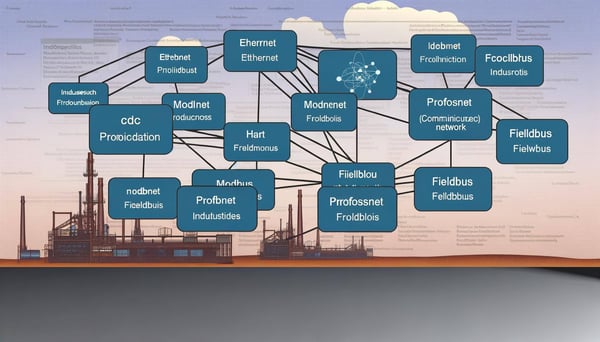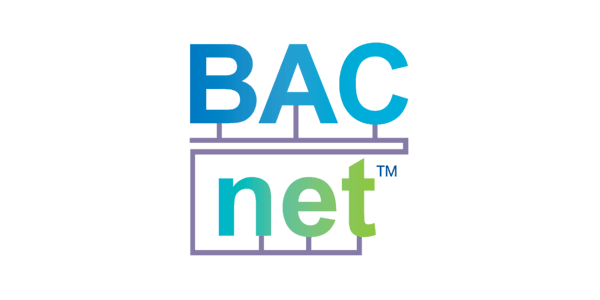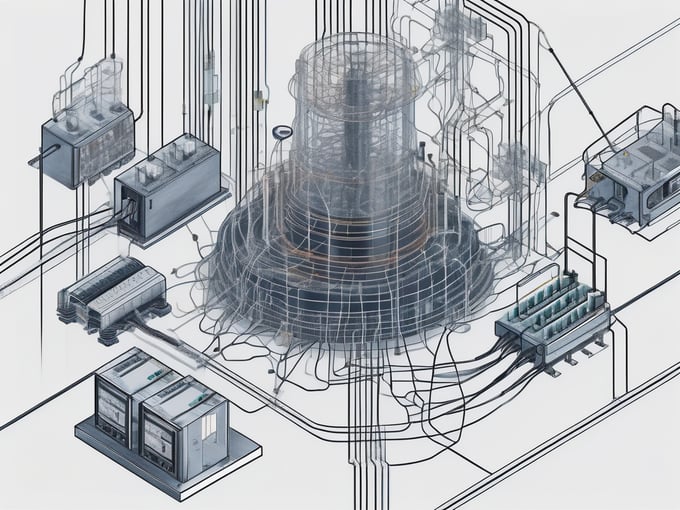
Fundamentals of Modbus ASCII
In the realm of industrial automation, communication protocols play a pivotal role in ensuring the seamless exchange of data between devices. One such protocol that has stood the test of time and continues to be widely used is Modbus ASCII. This article delves into the intricacies of this protocol, its structure, benefits, and applications in the industrial sector.
Understanding Modbus ASCII
Modbus ASCII, an acronym for American Standard Code for Information Interchange, is a communication protocol that was developed by Modicon systems. It was designed to enable communication between devices connected on different types of buses or networks. Modbus ASCII is a simple and robust protocol that uses ASCII characters for communication, making it highly reliable and efficient for data transmission.
Modbus ASCII is a master-slave protocol, meaning that only one device (the master) can initiate communication. The other devices (the slaves) respond to the requests made by the master. This hierarchical communication structure ensures a controlled and orderly data exchange, reducing the chances of data collision and enhancing the overall efficiency of the system.
Structure of Modbus ASCII
The structure of Modbus ASCII is designed to ensure efficient and error-free communication. Each message in Modbus ASCII starts and ends with a unique character. The start of a message is indicated by a colon (:) and the end by a carriage return and line feed (CRLF). These unique characters enable the receiving device to identify the start and end of a message, ensuring accurate data transmission.
Each message in Modbus ASCII consists of a series of fields. The address field identifies the intended recipient of the message. The function code field specifies the type of action to be performed. The data field contains the actual data to be transmitted. Finally, the error check field allows the receiving device to verify the integrity of the received data.
Benefits of Modbus ASCII
Modbus ASCII offers several benefits that make it a preferred choice for many industrial applications. Its simplicity and robustness make it easy to implement and maintain. The use of ASCII characters for communication ensures that the data is human-readable, making troubleshooting and system diagnostics easier.
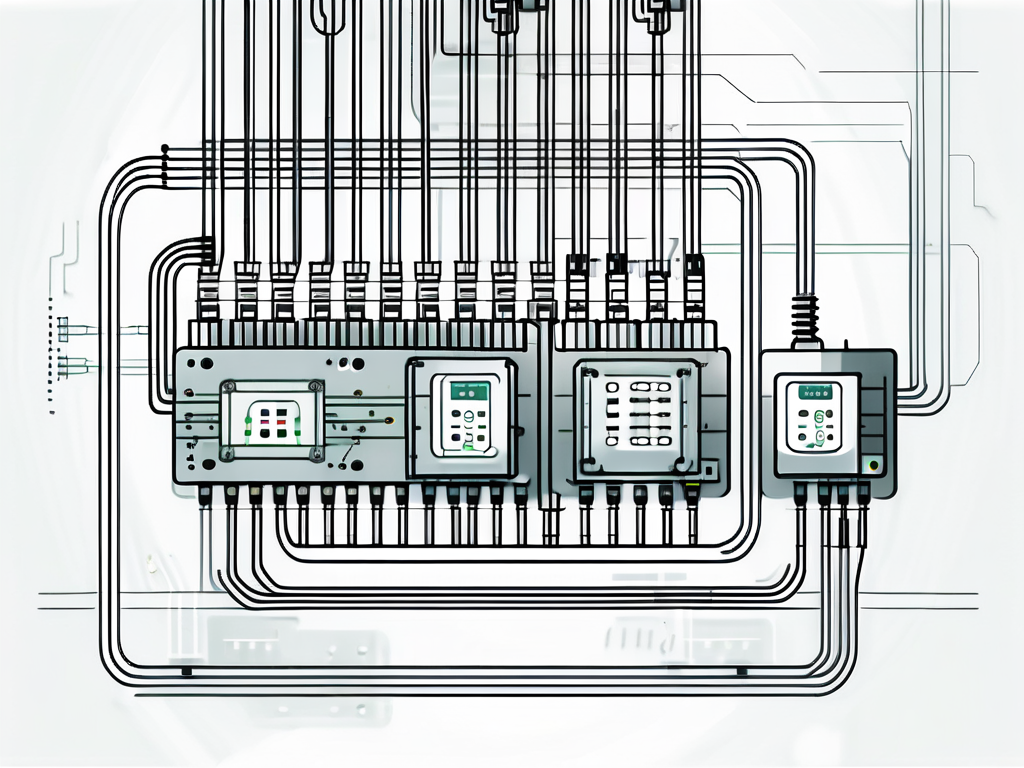
The master-slave structure of Modbus ASCII ensures a controlled and orderly data exchange, reducing the chances of data collision. This structure also allows for easy scalability, as more slave devices can be added without affecting the performance of the system.
Applications of Modbus ASCII
Modbus ASCII is used in a wide range of industrial applications. It is commonly used in manufacturing and process control systems for communication between control devices. It is also used in building automation systems for controlling HVAC, lighting, and security systems.
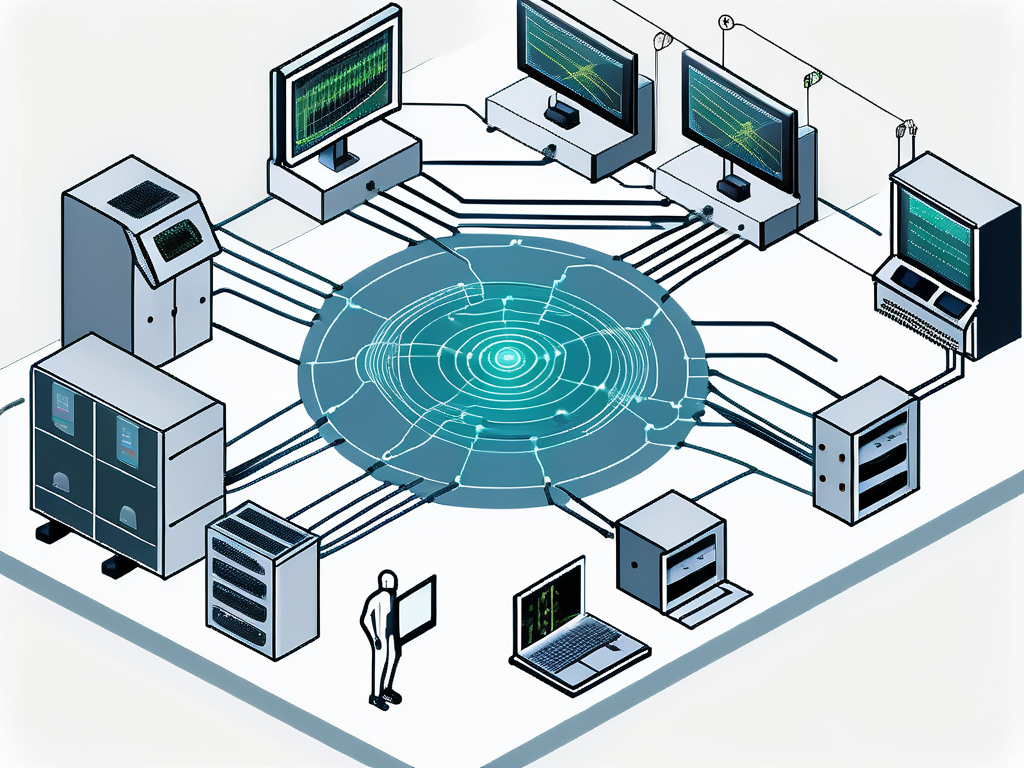
Modbus ASCII is also used in energy management systems for monitoring and controlling energy usage. In addition, it is used in water and wastewater treatment plants for controlling pumps, valves, and other equipment. Its simplicity, robustness, and scalability make it a versatile protocol that can be used in a wide range of applications.
Conclusion
In conclusion, Modbus ASCII is a simple, robust, and versatile communication protocol that is widely used in the industrial sector. Its structure ensures efficient and error-free communication, while its master-slave structure allows for controlled data exchange and easy scalability. Whether you are involved in manufacturing, building automation, energy management, or water treatment, Modbus ASCII can provide a reliable solution for your communication needs.
As we continue to advance in the realm of industrial automation, protocols like Modbus ASCII will continue to play a crucial role in ensuring seamless communication between devices. Understanding the fundamentals of this protocol can provide a solid foundation for anyone involved in the design, implementation, or maintenance of industrial communication systems.
